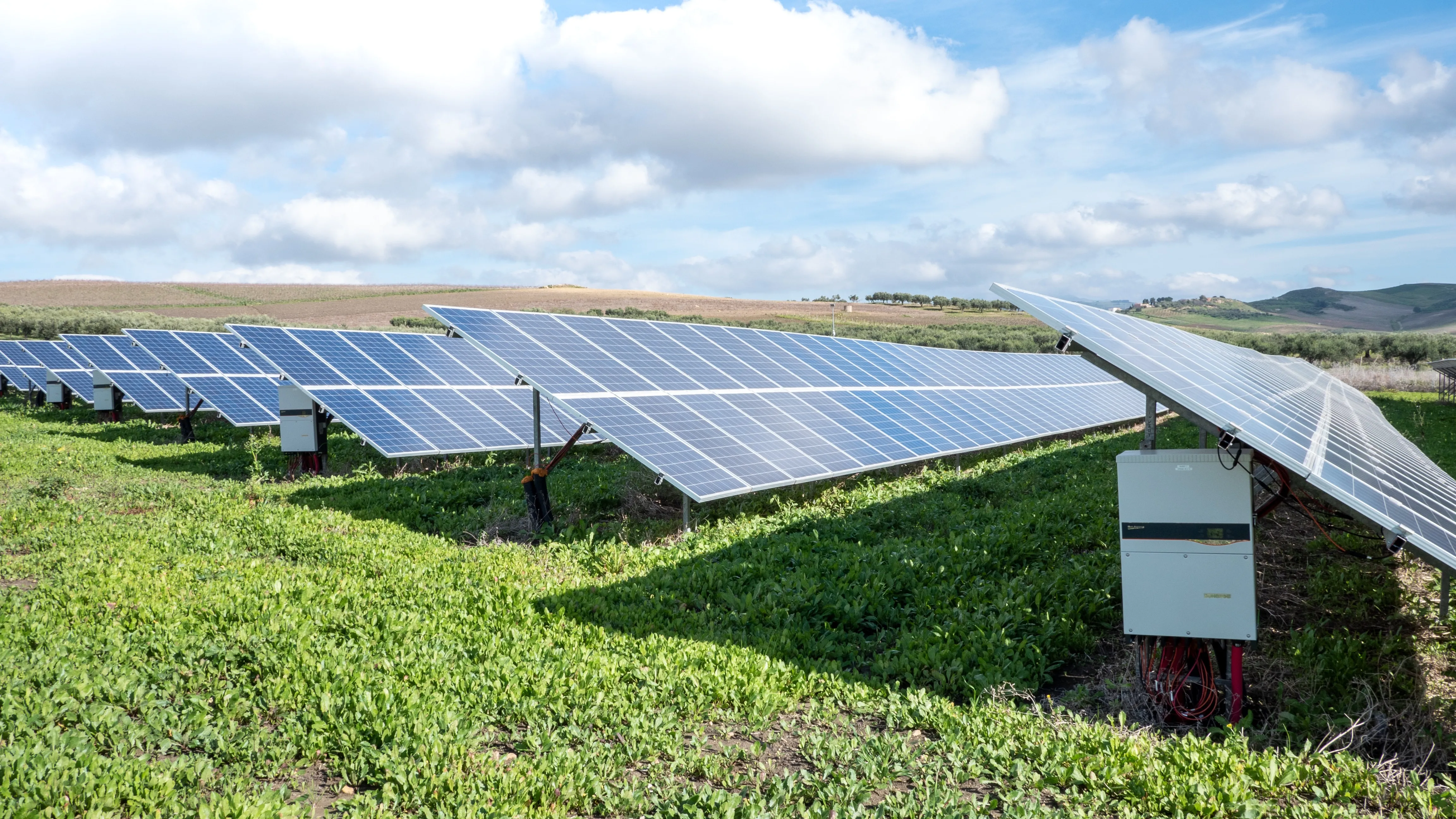Renewable Energy Options for Farms
Explore 'Renewable Energy Options for Farms' in this enlightening blog post by Vriksha Farms. Learn about the integration of sustainable practices in farm planning and design, and how renewable energy sources like solar, wind, and biogas can revolutionize farmland development. This guide offers insights into building a climate-resilient farm with a focus on agroforestry and the latest innovations in sustainable agriculture. Discover how renewable energy can lead to a more sustainable, productive, and future-proof farming operation

Introduction
The integration of renewable energy sources in farming is a pivotal step towards sustainable agriculture. Vriksha Farms, committed to responsible agroforestry and sustainable living, emphasizes the significance of renewable energy in modern farming practices. This blog post explores various renewable energy options for farms, highlighting their benefits and implementation strategies.
Understanding Renewable Energy in Agriculture
The Need for Renewable Energy
The agricultural sector is increasingly recognizing the need to shift towards renewable energy sources. This shift not only reduces the carbon footprint of farming operations but also ensures long-term sustainability and energy independence.
Types of Renewable Energy for Farms
Common renewable energy sources for farms include solar power, wind energy, and biomass energy. Each of these sources has unique benefits and applications in agricultural settings.
Solar Energy Solutions
Solar Panels
Solar panels are a popular choice for farms, providing a reliable and cost-effective source of electricity. They can be used to power farm buildings, irrigation systems, and other electrical equipment.
Solar Water Heaters
Solar water heaters can provide hot water for various farm operations, reducing the reliance on traditional energy sources and cutting energy costs.
Wind Energy Applications
Wind Turbines
Wind turbines can be an effective solution for farms located in windy areas. They generate electricity that can be used directly on the farm or sold back to the grid.
Small Wind Systems
Smaller wind systems are suitable for farms with limited space or lower energy requirements. These systems can supplement other energy sources and contribute to the farm’s overall energy mix.
Biomass Energy Utilization
Biogas Production
Biogas plants use agricultural waste materials to produce methane-rich gas. This gas can be used for heating, electricity generation, or as a fuel for farm vehicles.
Biomass Heating Systems
Biomass heating systems burn organic materials like wood chips or crop residues to produce heat for farm buildings or greenhouses.
Implementing Renewable Energy on Farms
Assessing Energy Needs
The first step in implementing renewable energy is to assess the farm's energy needs. This assessment helps in choosing the most suitable renewable energy solutions.
Exploring Financial Incentives
Many regions offer financial incentives, grants, or subsidies for installing renewable energy systems. Exploring these options can make the transition more financially feasible.
Environmental and Economic Benefits
Reducing Environmental Impact
Renewable energy significantly reduces the environmental impact of farming operations, contributing to a more sustainable agricultural sector.
Long-Term Cost Savings
While the initial investment in renewable energy systems can be substantial, they offer long-term cost savings by reducing ongoing energy expenses.
Conclusion
Adopting renewable energy options is a strategic move for farms aiming for sustainability and efficiency. Solar power, wind energy, and biomass are viable options that can significantly enhance the energy independence and environmental sustainability of farming operations. Vriksha Farms is a proponent of such sustainable practices, offering managed farmland plots that integrate renewable energy solutions.
